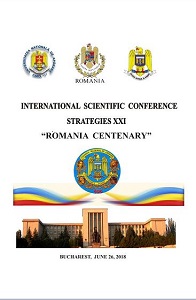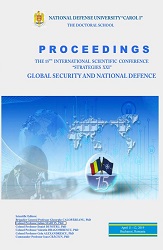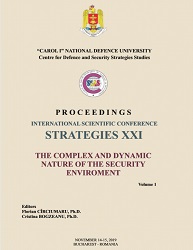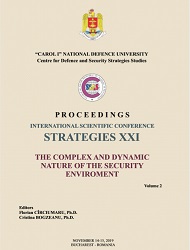
THE IMPACT OF THE DEFENCE INDUSTRY REACTIVATION ON THE ECONOMIC DEVELOPMENT
The reactivation of the defence industry is raising extended discussions, because it is supposing a systematic approach of different politic, military, economic and social aspects. The article discusses some of these thoughts, which concludes that its development could be viewed as an investing process, supposing costs on the short term and advantages on a long term. Thus, the defence industry reactivation offers a valuable dividend to economy and represents an important factor of the country competitiveness. Not lately, the defence industry has a major influence on the operational capacity of the national security institutions, determining the need for comprehensive measures directly focused on re-establishing its strategic role in the national economy framework.
More...


